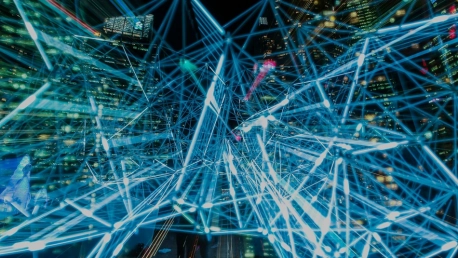TRNDlabs, located in the Netherlands, is an international brand focusing on innovative products. Their brand hit the market in late 2016 with an impressive line of nanodrones. The online media received the SKEYE nanodrones well.
Featuring SKEYE Mini Drone with HD camera, SKYE Hexa Drone, SKEYE Nano Drone with Camera, SKYE Nano 2 and the most renowned SKYE Nano 2 FPV, the TRND technology created quite a buzz. More precisely, the Nano 2 FPV, due to its characteristics, is a gadget that many are eager to purchase.
Although drones are still stalling due to their limited autonomy and to the regulatory blockage concerning their flight regimen, they still manage to excite potential buyers. R&D teams continue to design innovative UAV technology. Let’s find out what is special about the tiny Nano 2 FPV.
Nano 2 FPV specifications
Although wrapped in a plastic-y look, the tiny device counts on a 6-axis stable quadcopter and on 3 flying levels for its movements. It also has RTF (Ready to Fly) technology and adjustable gyro technology. The maximum flying height is about 160 feet. An intuitive controller makes sure the gadget will quickly position itself in the air once thrown upwards.
The included video camera is front-mounted. It is a 300,000 pixel camera with recording capabilities. During the night flights, the users can turn on the LED lights.
The most unusual feature, of course, consists in Nano 2 FPV’s dimensions. It only measures 1.5748 inches from blade to blade and 0.87 inches in height. It weighs only 0.59 ounces and it comfortably fits in your palm, as you may see in the picture. In what the price is concerned, this gadget “weighs” $69.00 (at the moment we checked).
Rounding up the description of SKEYE nanodrones
As with each product, we also looked at the comments to check for issues.
One of them seems to be the transmitter range. People who commented on Amazon speak of “less than 250 feet” or even “about 50 meters”, which would be less than 170 feet. It does not contradict the advertising height (160 feet), but the commentators seem to look forward for more height, aka improved autonomy.
Another issue concerns the battery, which is not replaceable. Although the producers advertise a 30 minute charging time (and provide an included USB charging cable), the dreams of just replacing the dead battery with a full one in no time are gone. The battery is a 3.7V 120mAh one, and one full unit ensures 3-4 minutes of flight.
In terms of storage, the nanodrone has a 2GB MicroSD card. This should be quite enough for keeping the recorded images until the users transfer them onto their computer.
FPV stands, of course, for First Person View. When paired with a smartphone, that is exactly what the drone camera provides. The live feed allows owners to manage controls or record the desired images/videos.
Why do nanodrones still classify as toys?
As you might have noticed, the Amazon puts SKYE nanodrones in the Toys&Games category. It is not unusual for online stores to place drones as such, rather than in a more imposing technology section.
Of course, at first sight, the gadget in question does look like a toy. Its shiny orange and white plastic body, its size and its marketing all fit this pattern.
Yet, any drone’s abilities, when theoretically assessed, surpass the idea of a mere toy. Users can remotely control their device, guide it to fly through the air, as well as record images. They can make it go into spaces that humans cannot access, or even use it to trespass certain physical limitations. There was talk of the espionage risks coming with drones, due to their capabilities.
Nanodrones and security risks
It is clear how drones have the potential of enabling humans to reach previously inaccessible places. Nevertheless, when analyzing in detail the commercially available gadgets, rarely can they sustain such activities, even if ending up in the wrong hands. That is due to the current technology limitations. With a battery that only provides a few minutes of autonomous flight, only by positioning themselves extremely close to an objective could users reach certain targets. They would also need to abandon the drone itself, due to no flying back power left.
Although technically improbable to pose such security risks, drones still need to be approached seriously. They do hold the potential of enabling malicious activities. It would not be the first instance of hacking devices, in order to enhance their capabilities. Of course, we are not referring to the Nano 2 FPV specifically with this. It is a risk embedded in all UAVs.
What makes nanodrones even more interesting from a cyber-crime (or even common criminal activities) point of view is their capability of being inconspicuous. What if such a tiny device, as presented above, would capture passwords on its camera? Imagine being at an ATM, focused on your actions. Would you notice a tiny drone right above your shoulder if it is cleverly camouflaged and makes no disturbing noise?
While holding that thought, you shouldn’t let this stop you from enjoying the fun new nanodrones for their intended non-malicious purposes. These bright tiny devices are sure to attract attention, and we mean this as a compliment!









